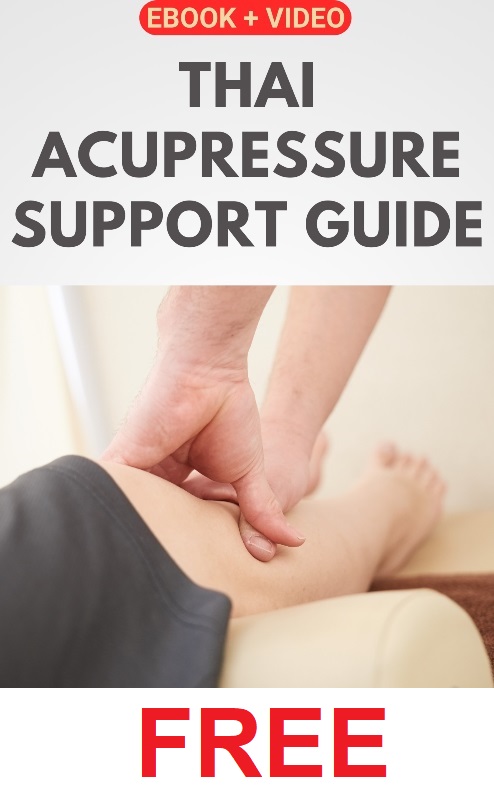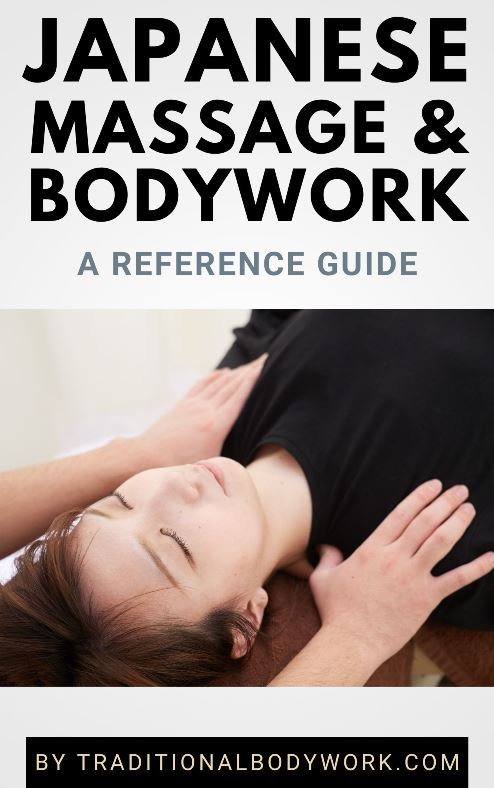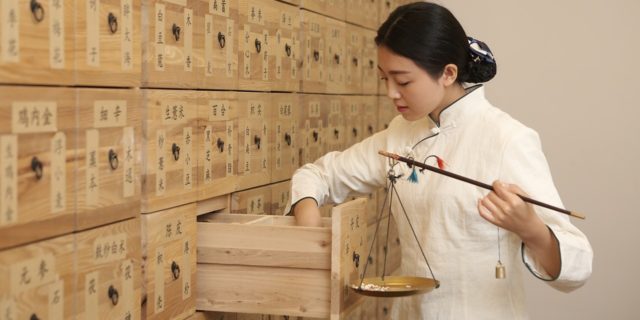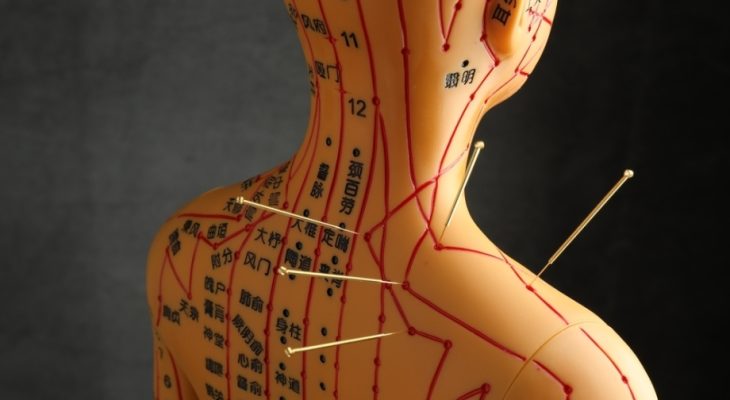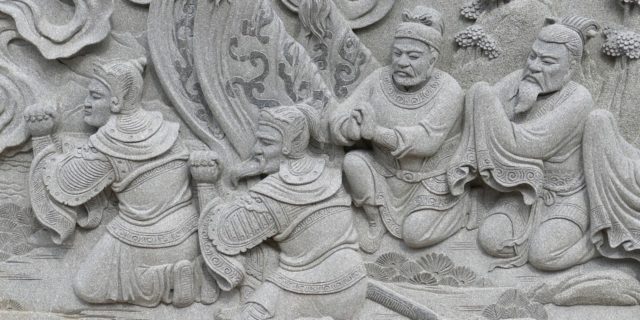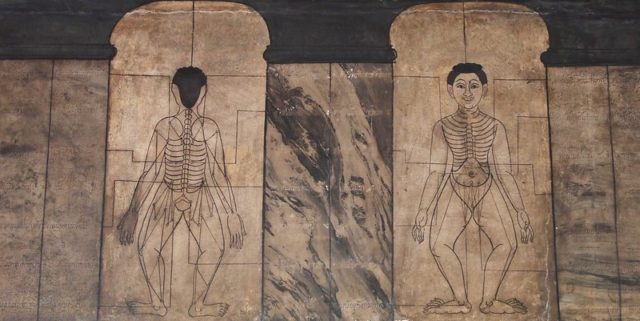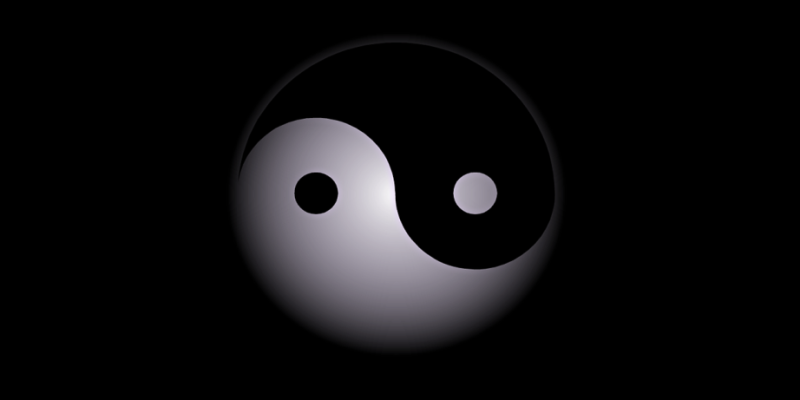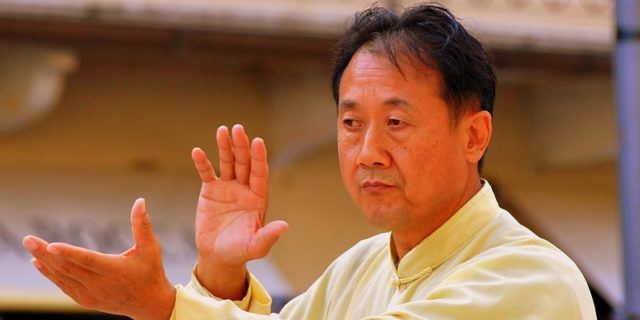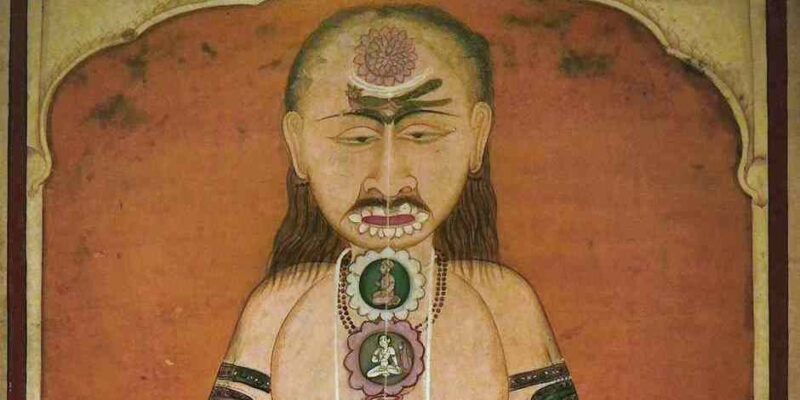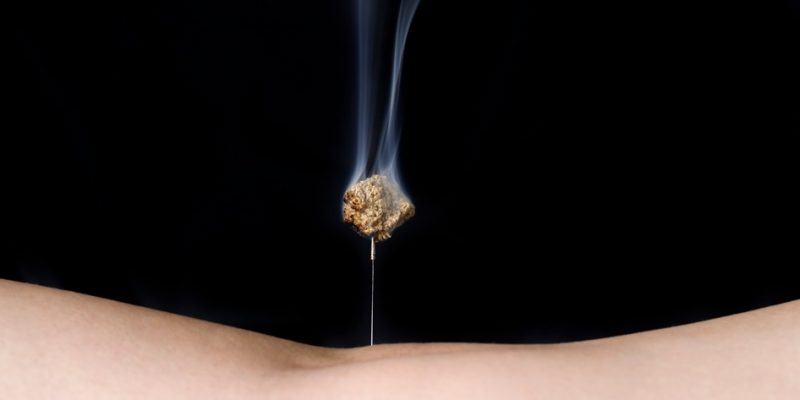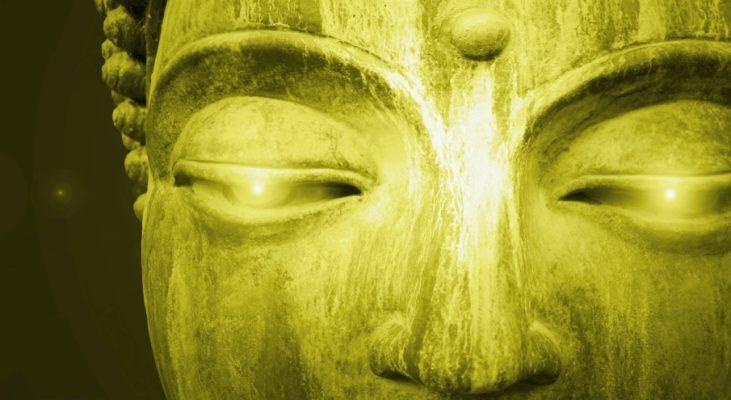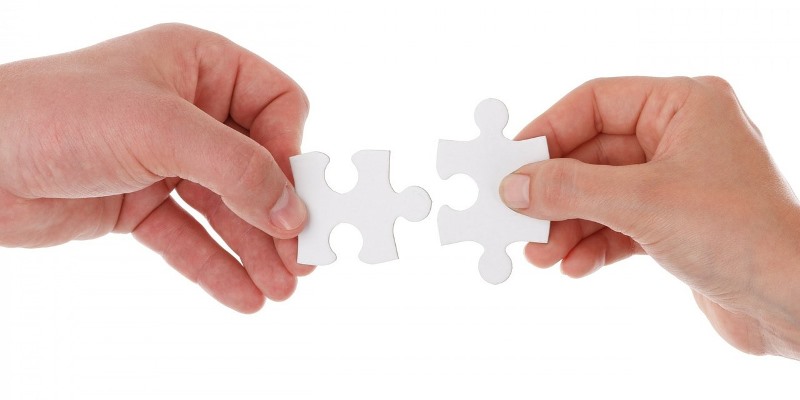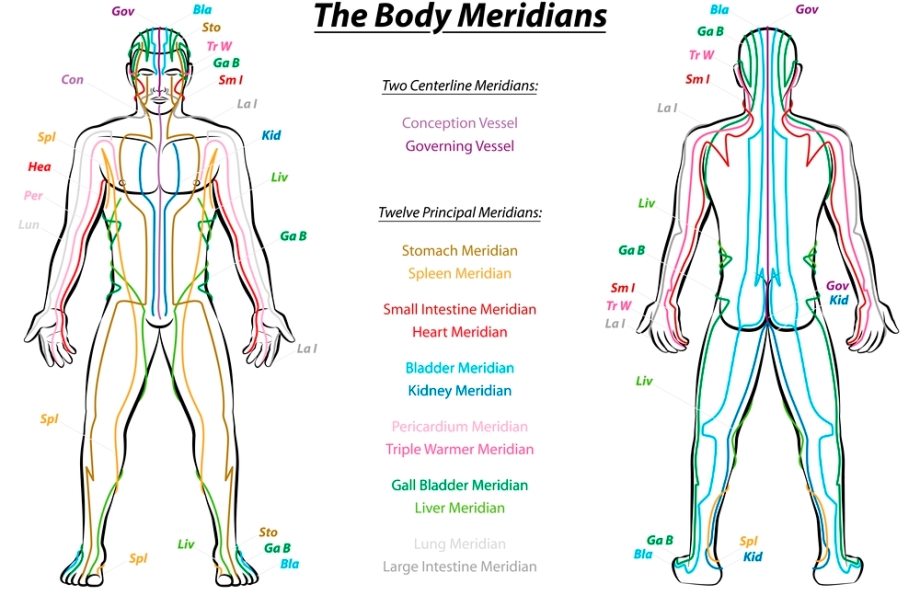
Traditional Chinese Medicine (TCM) theory says that the human body is permeated with Meridians (Channels), a network of Qi Life Force energy and conduction routes that nourish the entire body. Additionally, it’s thought that on these Meridians one finds so-called acupuncture points, acupressure Points, or acupoints that have connective and therapeutic quality.
As for the number of acupoints, different quantities circulate: some sources state there are 1,000 or even 2,000 points, other sources mention 361 points, or 365, but in any case, the World Health Organization (WHO) published A Proposed Standard International Acupuncture Nomenclature Report in 1991, listing 361 classical Acupuncture Points.
Further Introduction
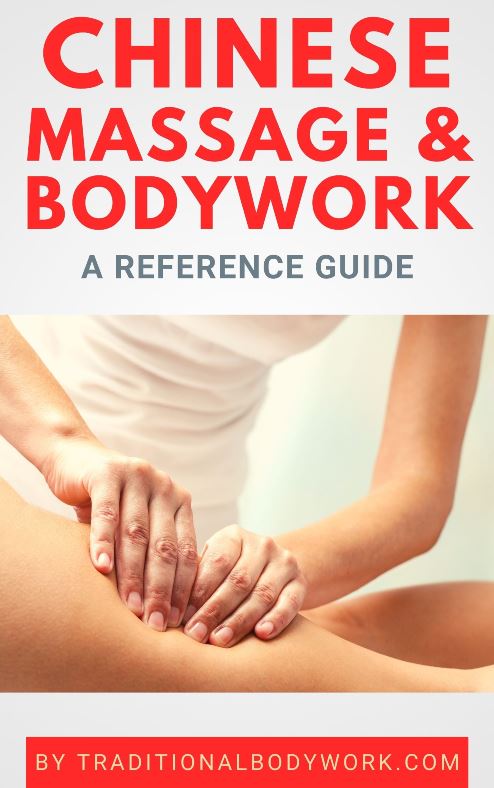
The Meridian system has three grading levels: Meridians, Collaterals, and Sub-Collaterals. There are twelve (12) or fourteen (14) main Meridian Channels (depending on the definition), distributed longitudinally in the human body while the Collateral and Sub-Collateral Meridians are smaller branched channels extending from the main Meridian Channels, which makes the total number of Meridians much larger.
It’s important to understand that there are slightly different systems to count the categories and the individual Meridians, which can give rise to confusion.
For instance, it’s generally stated that there are twelve main Meridians. Nevertheless, there are other categorizations that speak of fourteen main Meridians, such as, for instance, the definition of the WHO.
Then, on top of that, there are eight (8) Extraordinary Meridians, also called the Eight Extraordinary Vessels, which give the base meridian system a total of twenty (20) Meridians (12 + 8).
Twelve Organ Meridians
In any case, the twelve “standard” Meridians are divided into Yin and Yang groups. The Yin Meridians of the arm are Lung, Heart, and Pericardium Meridians, and the Yang meridians of the arm are Large Intestine, Small Intestine, and Triple Burner Meridians. The Yin Meridians of the leg are Spleen, Kidney, and Liver Meridian and the Yang Meridians of the leg are Stomach, Bladder, and Gall Bladder Meridian.
You may notice that each Meridian is connected to an organ and organ system (Zang-Fu) from which it has derived its name. Mind also that each of the twelve standard Meridians is “mirrored,” that is, you can find them at the left and right side of the body.
In the case of the definition of the WHO, the Governor Vessel and the Conception Vessel are also counted within the main Meridian system (making it fourteen Meridians), but in many other categorization those two vessels belong to the Eight Extraordinary Meridians only. Note that, although listed under the fourteen main Meridians, the Governor Vessel and Conception Vessel are also included among the Eight Extra Meridians in the WHO definition.
The Eight Extra Merdians
The Eight Extraordinary Meridians are of high importance in Qigong, Tai Chi Chuan, and Chinese Alchemy. They differ from the twelve organ Meridians in that they are considered to be reservoirs of energy and are not associated directly with the Zang Fu internal organs system.
These Eight Extraordinary Vessels are the Conception Vessel (Ren Mai), Governing Vessel (Du Mai), Penetrating Vessel (Chong Mai), Girdle Vessel (Dai Mai), Yin linking vessel (Yin Wei Mai), Yang linking vessel (Yang Wei Mai), Yin Heel Vessel (Yin Qiao Mai), and Yang Heel Vessel (Yang Qiao Mai).
Note also that only the Governor (or Governing) Vessel and Conception Vessel have acupressure points on them.
In Conclusion
Mind that the energy flow of the Meridians forms a closed system in which the Meridians transmit energy to each other. It thus forms a large energy cycle. The acupoints are located on these Meridians and have different functions.
These acupoints and Meridians can be manipulated and influenced by, for instance, massage, acupressure, moxibustion, cupping, and acupuncture.
The Eight Extraordinary Vessels are generally accessed through the TCM treatments mentioned above, but also with Qigong, Tai Chi, and Chinese Inner Alchemy (aka Neidan).
Rest to say that it’s important to realize that the Chinese Meridian system is vast and incredibly complex, and the discussion in this post is just a very basic introduction to the system.


